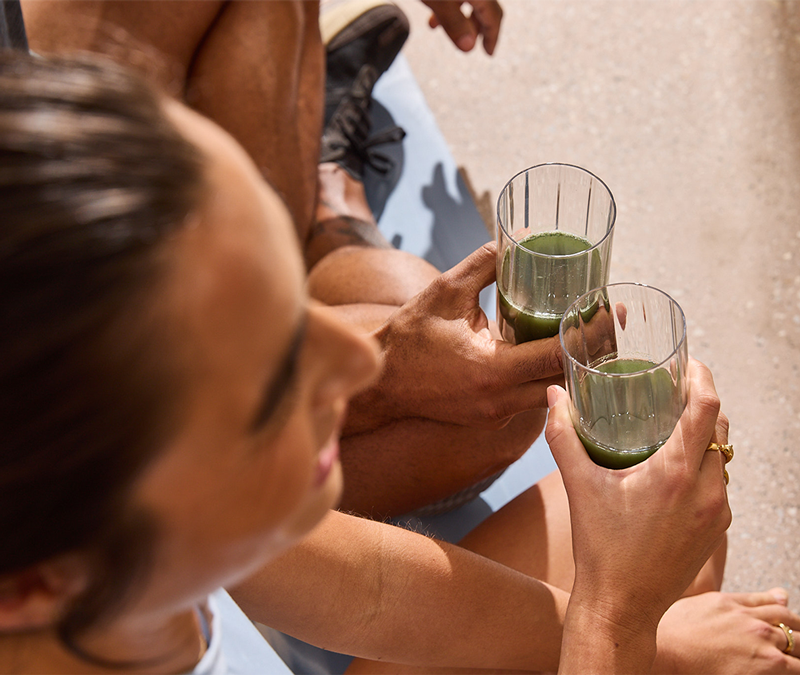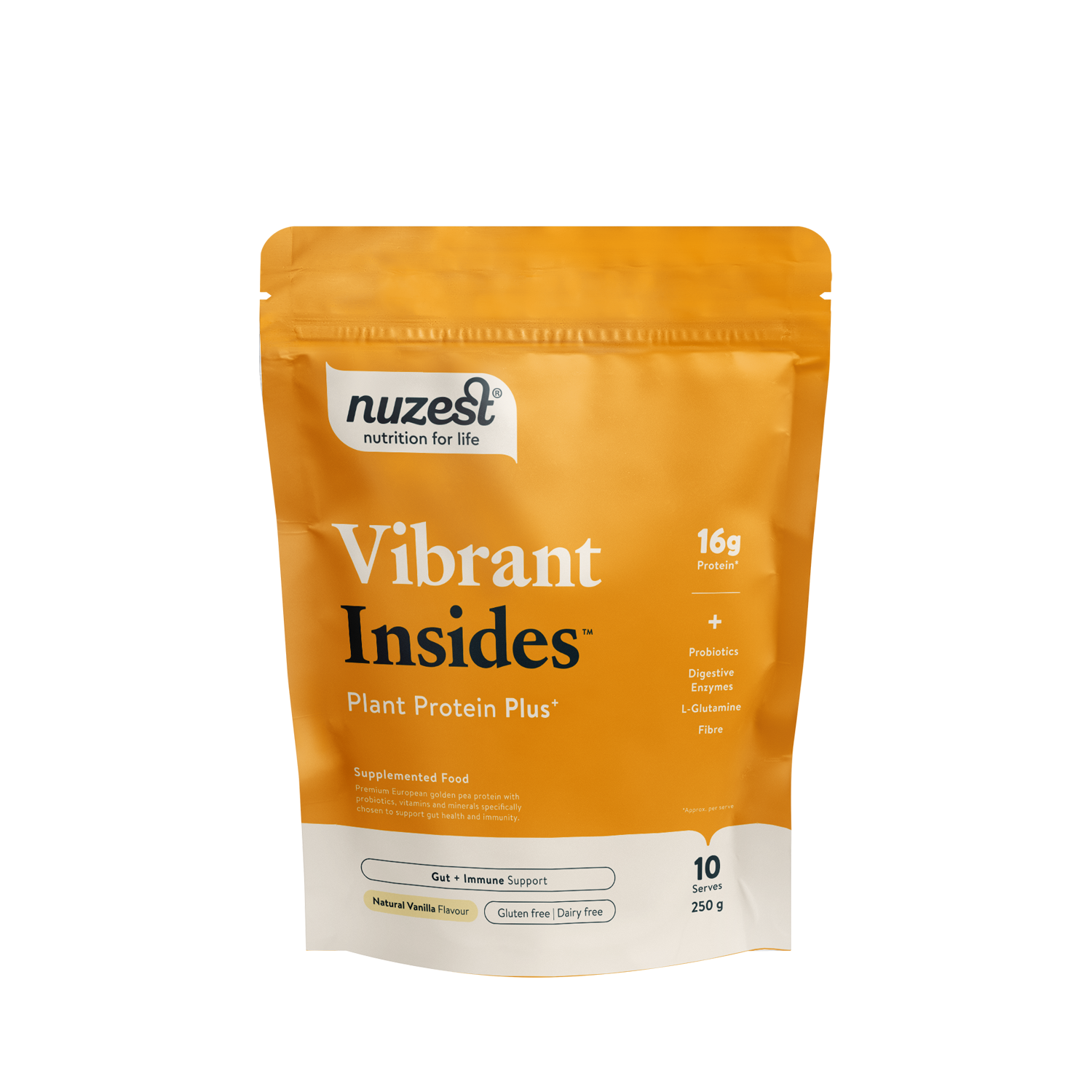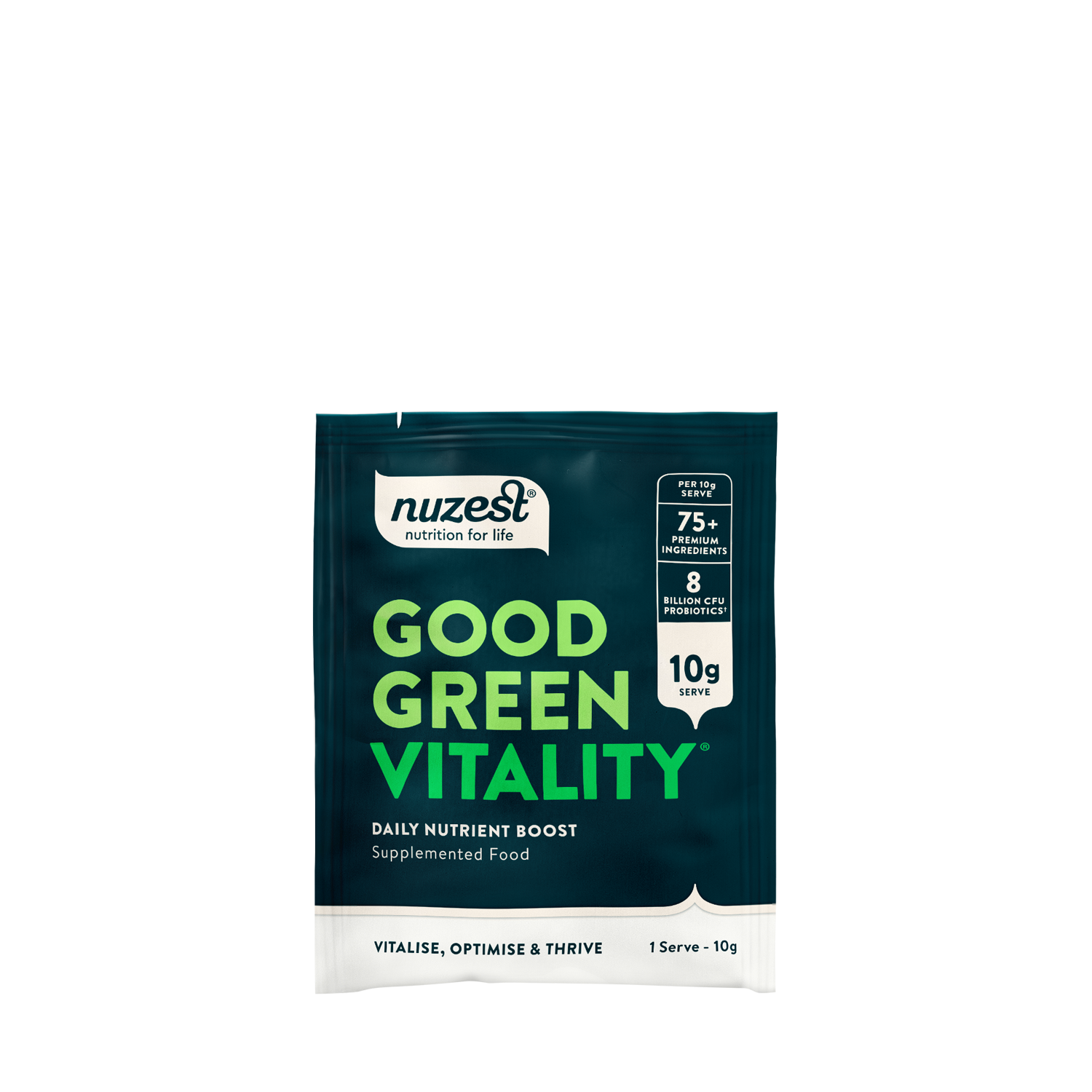A dietitian explains what foods are good for skin health

AUTHOR: Rachel Hawkins (Accredited Practicing Dietitian & Nutritionist)
When it comes to achieving healthy, glowing skin, the foods we put in our body might just be as important as the products we put on our skin.
The skin is the largest organ in our body acting as a barrier to protect us from a range of physical threats such as chemicals and microorganisms. It also helps to regulate body temperature, eliminate bodily waste and plays an important role in producing the essential nutrient, vitamin D.
There is evidence to suggest that the foods we eat help to promote various aspects of skin health – from hydration to firmness and even elasticity. Here, I share some of the best foods for promoting skin health.

Salmon, tuna, mackerel, extra virgin olive oil, flaxseeds and chia seeds.
These foods are a rich source of omega-3 fatty acids. Omega-3 fats are important for helping the skin feel soft and hydrated, thus make a great addition to the diet if you are prone to dry or flaky skin.1 Omega-3 fats also help to reduce the inflammation associated with skin conditions such as psoriasis2 and acne3, and may also help to promote healthy ageing by protecting the skin from UV-induced skin damage (in conjunction with sunscreen application of course!).1,4
Rolled oats, basmati rice, multigrain bread, buckwheat, lentils and chickpeas
These foods are what we would describe as ‘low-glycaemic’ or low-GI foods.
Glycaemic Index (GI) rates carbohydrate containing foods based on how quickly they raise blood glucose levels. When blood glucose levels rise, a hormone called insulin is released from the pancreas, helping to transport the glucose from the blood to our cells for use as energy.
Sometimes the body will stop responding to insulin the way it should. When this happens, insulin levels become raised resulting in a condition called insulin resistance. Raised insulin levels are believed to contribute to acne development by both increasing androgen hormone production and boosting sebum production.5,6
There is research to suggest that a low GI diet may help to reduce the inflammation and number of lesions associated with acne by improving the bodies sensitivity to insulin.5,6

Avocado, citrus fruits, berries, kiwi fruit, mango, green leafy vegetables, carrot, capsicum and sweet potato
These foods are all rich in antioxidants. Antioxidants are compounds that protect our skin from the damage caused by free radicals. Vitamins C, E and A, along with plant compounds such as polyphenols are all antioxidants that that have been found to be beneficial for the health of our skin.7,8
Antioxidants can help to prevent the breakdown of collagen and elastin, two fibres that are essential for supporting the structure of our skin. By doing so, they help to reduce the appearance of fine lines and wrinkles, thus reducing the signs of ageing.9 Vitamin C in particular can further help to reduce the signs of ageing due to its role in the synthesis of collagen.10
Research also suggests that antioxidants, much like omega-3 fats, can help to protect our skin from sun damage, thus preventing premature ageing.8
Red meat, poultry, shellfish, lentils, beans, pumpkin seeds, hemp seeds, almonds and cashews
These foods are all excellent sources of zinc. Zinc is an essential mineral that is important for the growth and function of skin cells.11 Research indicates that zinc has anti-inflammatory properties, thus may be beneficial for reducing the incidence and severity of skin conditions such as acne, rosacea, psoriasis and eczema.12
Yogurt, kefir, miso, tempeh, pickles, kimchi and sauerkraut
These foods are great sources of probiotics. Research suggests that there is a strong link between our gut microbiome; that being the community of bacteria that live in our gut, and skin homeostasis.13 While the exact mechanisms by which the gut microbiota influences the health of our skin is not yet understood, there are numerous studies that link inflammatory skin conditions to an imbalanced gut microbiome.13 Accordingly, there is growing interest around how probiotics (which support health by increasing bacterial diversity) could be used in the prevention and treatment of common skin conditions.
At this stage, the literature suggests that probiotics may help to reduce the severity of acne by lowering inflammation and supressing sebum production.15,16 While more research is needed for us to be able to confidently say that probiotics help to promote skin health, there is certainly no harm in consuming probiotic rich foods, making them the last addition to my list of foods for healthy, glowing skin.
Interested in learning more about the nutrients that are beneficial for skin health? Nutritionist Amy Butler shares some of the best nutrients for skin health here.
References
- https://www.ncbi.nlm.nih.gov/pmc/articles/PMC4773779/
- https://pubmed.ncbi.nlm.nih.gov/17616769/
- https://www.medicaljournals.se/acta/content/abstract/10.2340/00015555-1346
- https://www.ncbi.nlm.nih.gov/pmc/articles/PMC3583891/
- https://www.ncbi.nlm.nih.gov/pmc/articles/PMC5514576/
- https://www.ncbi.nlm.nih.gov/pmc/articles/PMC3583892/
- https://www.ncbi.nlm.nih.gov/pmc/articles/PMC5579659/
- https://ods.od.nih.gov/factsheets/Zinc-HealthProfessional/
- https://www.ncbi.nlm.nih.gov/pmc/articles/PMC4120804/
- https://www.ncbi.nlm.nih.gov/pmc/articles/PMC6048199/
- https://onlinelibrary.wiley.com/doi/full/10.1111/exd.14016
- Bowe W, Patel NB, Logan AC. Acne vulgaris, probiotics and the gut-brain-skin axis: From anecdote to translational medicine. Benef Microbes 2014;5(2):185-199.
- Arck P, Handjiski B, Hagen E, et al. Is there a 'gut-brain-skin axis'? Exp Dermatol 2010;19(5):401-405.













